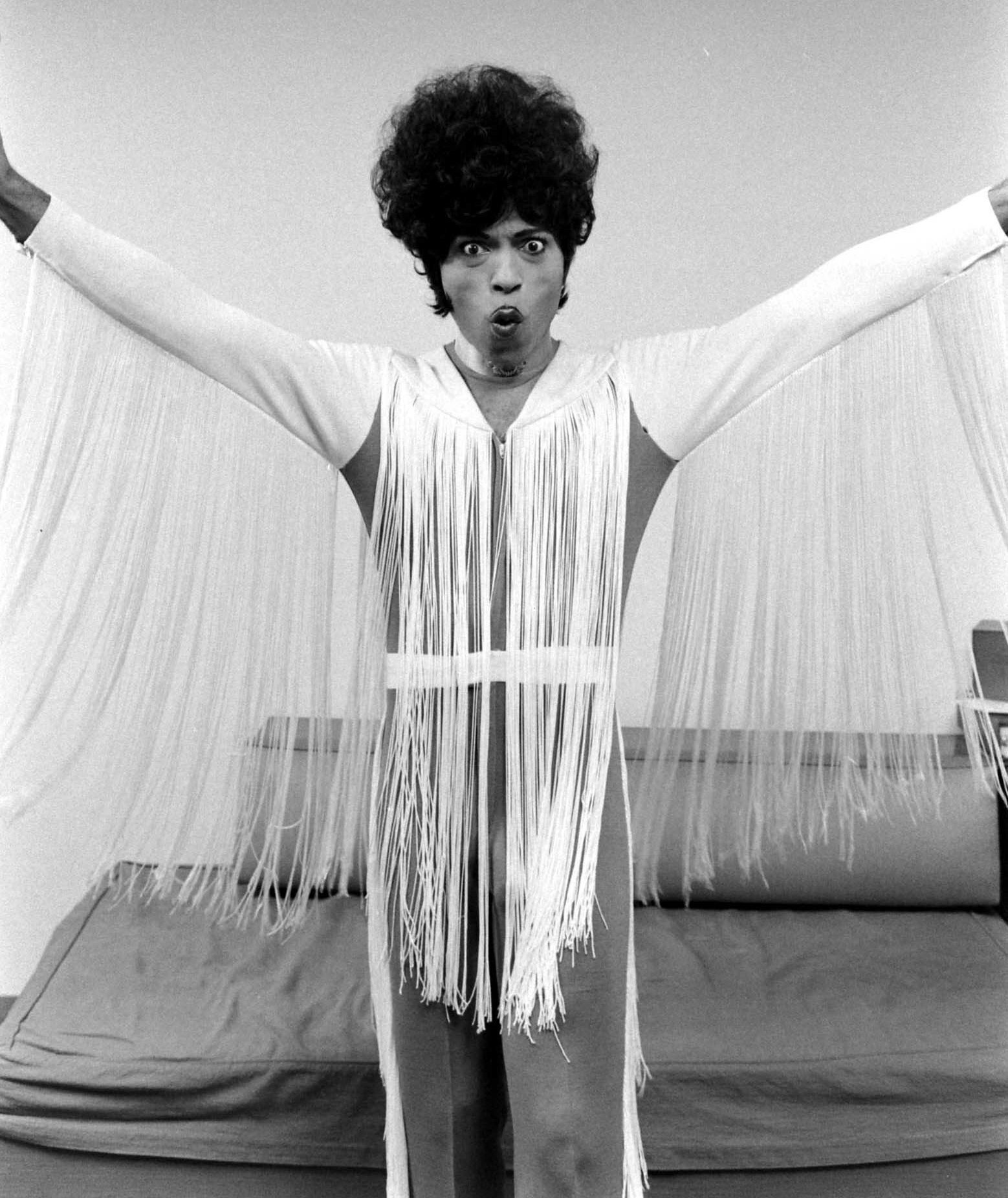The Gay Agenda: the history behind today’s gender nonconforming trends
Directioner or not, you probably saw Harry Styles grace the cover of the December 2020 issue of Vogue. The cover garnered a lot of conversation; Styles was the magazine’s first male cover star to appear solo, and his spread included him in a variety of different skirts and dresses, a majority of them Gucci. Styles got a lot of criticism for his cover, but he also received immense amounts of praise. His cover was thought by some to be “iconic” and “revolutionary”.
While this cover provides important genderqueer representation, it is far from revolutionary. It is important that we look at this shoot with the knowledge of and respect for those who paved the way for it, as to not forget the history of these trends.
Harry Styles for Vogue Dec 2020 by Tyler Mitchell
The basis of queer fashion has its roots in the ballroom drag scene, which originated in Harlem, New York in 1869. These shows were originally held in secret, and they gained more public awareness by the 1920’s. The balls were used as a safe place for gay men to come together and express themselves. The ballroom scene eventually evolved into competitions between houses in the 1980s, and they were a major platform for the Black and Latino LGBTQ+ community. Ballroom gave birth to the drag scene of today that we all know and love.
Webster Hall 1920s Ballroom Drag via CFDA
Independent from ballroom, there have been many individuals throughout the 20th century who have broken down barriers in terms of gender and fashion. Many of these trailblazers came from the music community, with artists like Little Richard, Elton John, Sylvester, Prince, Freddie Mercury, and David Bowie rocking head-to-toe glitter, extravagant capes, flowing dresses, and intense makeup to express themselves on and off stage throughout their careers.
Little Richard, 1971 Ralph Morse/Getty Images via New York Times
Prince, VFiles via CR Fashion Book
These artists took inspiration from one another, with Little Richard forming the basis of what eventually turned into Elton John, David Bowie, Freddie Mercury and Prince’s glam rock reign and Sylvester’s influence on disco in the 70s and 80s.
Freddie Mercury, Getty Images via Vogue UK
Sylvester, 1979 via Billboard
Towards the turn of the century, we can see this influence transferred to the likes of Dennis Rodman, Andre Leon Talley, and Miss J Alexander, all of whom gained a reputation for taking to the streets in a variety of crop tops, sheer blouses, wide leg pants, and popping accessories.
Dennis Rodman 1996 VMAs, Ron Galella/Getty Images via CNN
This brings us to today, where there are so many queer celebrities of color who walk the rode paved for them by the icons of the 20th century, providing immense representation for today’s LGBTQ+ community. For example, in 2017, rapper Frank Ocean took to the cover of German magazine 032c in a turquoise glitter skirt. Actor and songwriter Jaden Smith has also shelled out a place for himself in genderqueer fashion; Smith has been seen on a multitude of red carpets and ad campaigns in different nonconforming looks, and in 2016, he launched his own nonbinary clothing line, MSFTSrep. This article wouldn’t be complete without shining light on actor Billy Porter, who takes every opportunity he can to bless the red carpet with a unique and wonderfully shocking ensemble.
Jaden Smith via @c.syresmith on Instagram, 2016
Billy Porter by Dario Calmese via Vanity Fair
The artists mentioned here are just some in a group of many queer celebrities of color who have been challenging gender norms and conventions without an ounce of the praise their cisgender, white counterparts have gotten.
I don’t write this article as a means to bash Styles for his cover. If you know me, you know how much of a Directioner I once was (and still am at heart), and I support Styles and his music wholeheartedly. With that said, the cover still has its importance, as any sort of gender nonconforming representation is always positive. Where the issue lies is when heteronormative people have an easier time praising a cis white man for his “bravery” when there are so many queer people today who do not get the same luxury as Styles, often facing intense backlash for their appearances.
via @ByErneston on Twitter
This concept is an idea that gender nonconforming transfeminine writer Alok Vaid-Menon wrote in an Instagram post reacting to Styles’ cover. They said “trans femmes of color started this [gender bending trend] and continue to face the backlash from it. Our aesthetics make it to the mainstream, but not our bodies.”
We must look at things like Styles’ Vogue cover through a critical lens. We must always be respectful of those who came before, as well as appreciative of those who currently do not have the same luxury of praise and support in their day to day lives.
Cassidy Sollazzo











